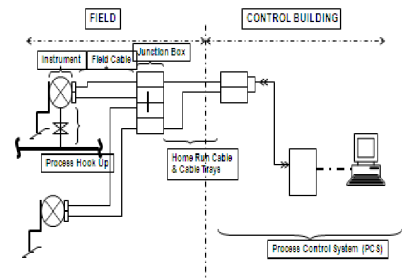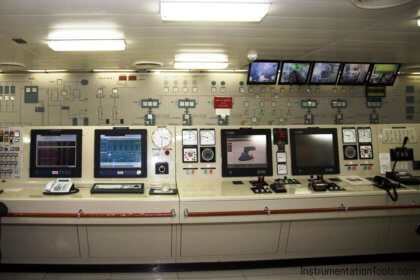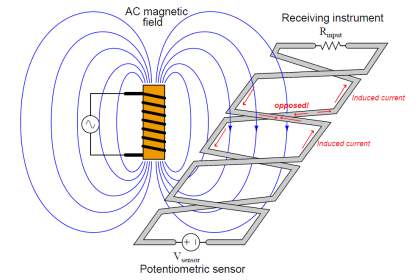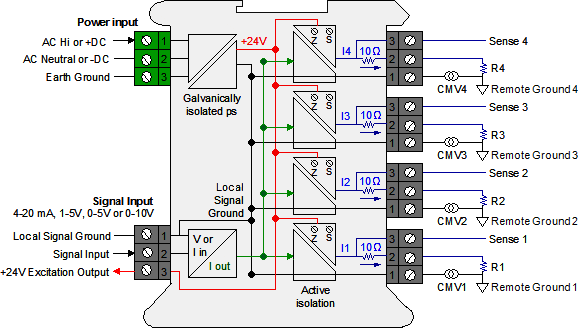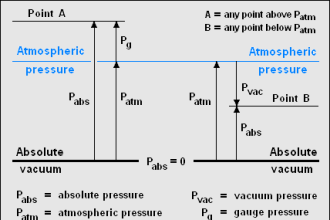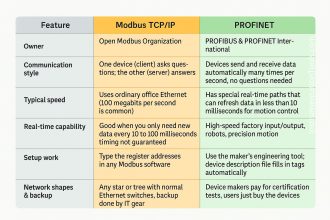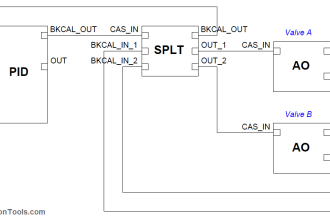The purpose of Open Systems Interconnection (OSI) is to standardize network architecture and encourage vendors to develop network equipment that would avoid proprietary design.
International Standards organization (ISO) in 1974 produced an open system interconnection reference model.
It allows any computer system anywhere in the world to communicate with any other, as long as both obey OSI protocol standards.
OSI has codified in the reference model referred to as the OSI/RM. It is an abstract description of inter-process communications.
It defines types of objects that are used to describe an open system, the general relations among these types of objects, and general constraints on these types of object relations.
A seven-layer OSI model is used to represent the OSI/RM, its overall architecture, the services provided, the functions necessary to be performed, and peer protocols needed for achieving inter-process communication.
Open Systems Interconnection
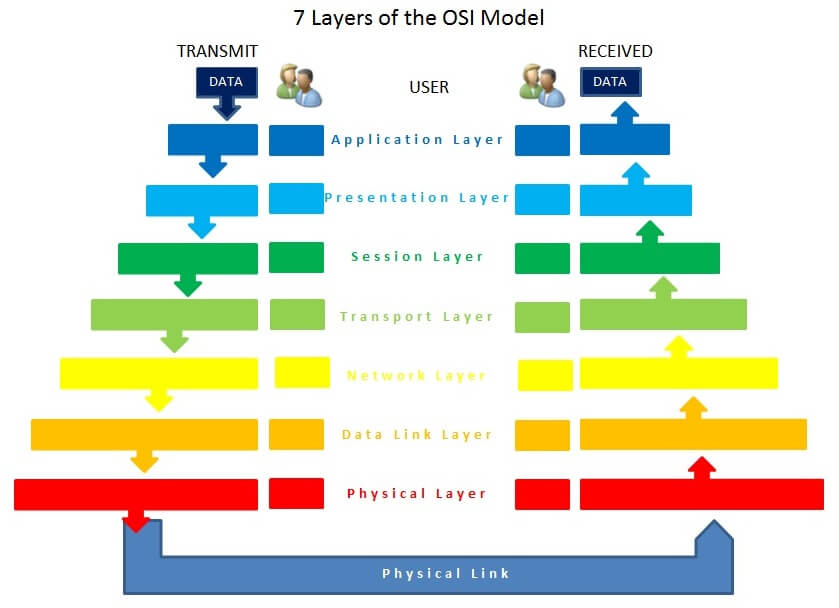
Image Courtesy: Wikimedia Commons
To assure an end to end systems interoperability, adherence to the OSI/RM is not sufficient. It is only achieved when full compliance with the OSI peer protocol is satisfied.
The services provided by the seven layers of the OSI/RM can be divided into three main regions, as shown below.
Network Utilities-layers 7,6, and 5.
Host to host transport and internet working – Layers 4, and 3.
Sub-network transmission (Local area and wide area networks) – Layers 3,2,1 and Media 0. Layers 3,2,1 and Media 0.
Functions of each OSI Layer
Application Layer
Layer 7 provides interfaces for applications to access network services such as file sharing, message handling, and data access.
It also handles error recovery for applications, as desired.
Presentation Layer
The presentation layer at level 6, handles data formatting and translation. For outgoing messages, the presentation layer converts data into a format specified by the Application layer, if necessary; for incoming messages, it reverses the conversion if required by the receiving application.
In short, Layer 6 presents the data in a suitable to the application layer.
The presentation layer engages protocol conversion, data encryption, decryption, data compression, decompression, data representation incompatibilities between OSI, and graphic commands.
Session Layer
Layer 5, the session layer permits two computers to hold ongoing communications-called a session – across a network so applications on either end of the session can swap or exchange data as long as the session lasts.
Transport Layer
The transport layer is (Layer 4) manages data transfer from one application to another across a network.
It breaks long data streams into smaller blocks called “Segments”.
Network Layer
The network layer, below the Transport layer, is responsible for routing the packet based on its logical address.
It moves packets of data from the source to the destination and across the networks if necessary.
Data Link Layer
Layer 2 the data link layer, works with frames and is the mediator between the Network layer and Physical layer.
It defines how computers access the network medium – also called Media Access Control (MAC), which is why the MAC address is defined at this layer.
Physical Layer
The activity of Layer 1 is to convert bits into signals for outgoing messages and signals into bits for incoming messages.
The type of signal generated depends upon the medium.
For example, wire media, such as twisted pair cable, use electrical pulses, fiber optic media use pulses of light, and wireless media uses radio waves.
Advantages
- OSI furnishes the interoperability of diversified communication systems with standard communication and transmission architecture, layers, and protocols.
- OSI model is an architecture to specify computer network functions in a clear and compatible way.
- Since protocols are hidden, any protocols can be implemented in this model.
Disadvantages
- It does not define any particular protocol.
- OSI model is relatively less reliable compared with TCP/IP.
Read Next:
- History of Instrument Signals
- Compare Fieldbus & 4-20mA
- Why 4-20 mA Popular?
- What is Live Zero in 4-20 mA?
- Loop Checking of Transmitters

